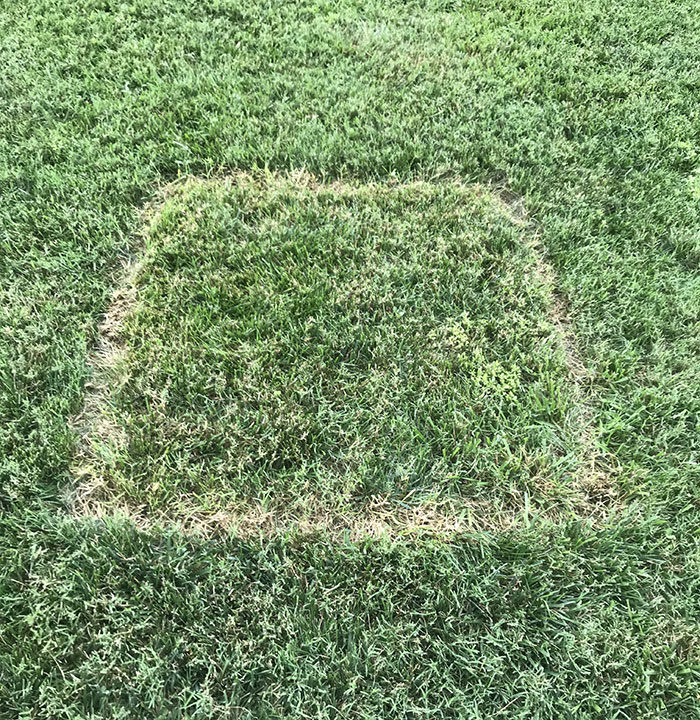
I have young children, and I’m grateful they choose to spend lots of time outdoors. However, I’m also a gardener who appreciates how a nice lawn can complement my ornamental plantings. My two young boys have a fairly conspicuous plastic playhouse they prefer not to keep in the same spot; it also doubles as a soccer goal. It seems I can’t escape the dead squares of grass that now populate my backyard. Additionally, I frequently field questions about turf grass that has been damaged by kiddy pools and browned by Slip ‘N Slides. This regional report focuses on turf grass recovery from summer fun and beyond.
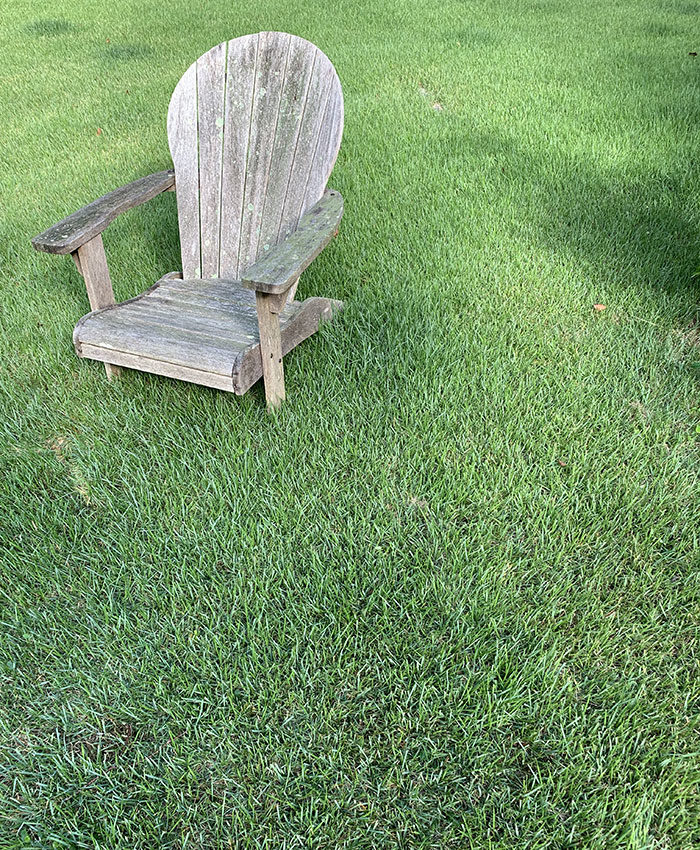
First, determine what type of lawn you have based on two broad categories: warm season or cool season. Warm-season lawns go dormant in the cooler months for those of us not in the Deep South. Examples of warm-season lawn grasses are St. Augustine grass (Stenotaphrum secundatum, Zones 8–11), Bermuda grass (Cynodon dactylon, Zones 7–10), zoysia grass (Zoysia spp. and cvs., Zones 5–11), and centipede grass (Eremochloa ophiuroides, Zones 7–10). Cool-season lawns, which are not really grown in the Deep South, stay green all year. The most common cool-season lawn grass in the South is fescue (Festuca spp. and cvs., Zones 3–8). Many of us in this region have a mix of both warm- and cool-season grasses. Just determine what is the primary grass type you are dealing with.
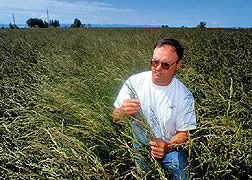
If you have a warm-season grass that has been injured during the active growing season, recovery is fairly straightforward. Mow the damaged area at the recommended height for your type of turf grass. Then use a pitchfork or small hollow stake of some kind to reduce compaction in the damaged area. Follow this up by irrigating the damaged location thoroughly. Most warm-season turf grasses spread with ground runners that creep horizontally and root along their new growth. They should fill in bare areas quickly, sometimes in less than two weeks. Don’t be quick to fertilize a segmented section of your lawn—this can lead to poor uniformity. Check with your local university extension professional for fertilization recommendations for your specific county.
If you have a cool-season lawn, recovery from these quick localized injuries can take more time. Often they can become places where unwanted weeds or even other grasses take advantage of weakened turf or areas of exposed soil. Cool-season lawns thrive when temperatures, nighttime temperatures in particular, begin to cool. As with the warm-season grasses, begin with mowing the impacted area, reducing compaction, and doing some irrigation. The basis for the mowing recommendation in both cases is to increase the amount of sunlight the damaged areas are receiving. Most cool-season grasses tend to grow in bunches, which makes their recovery slower. This is compounded in the heat of the summer. If turf is damaged beyond recovery, overseed the area with a high-quality seed based on the grasses currently growing in your lawn. This is best done in the fall, as it has a lower chance of success any other time of the year.
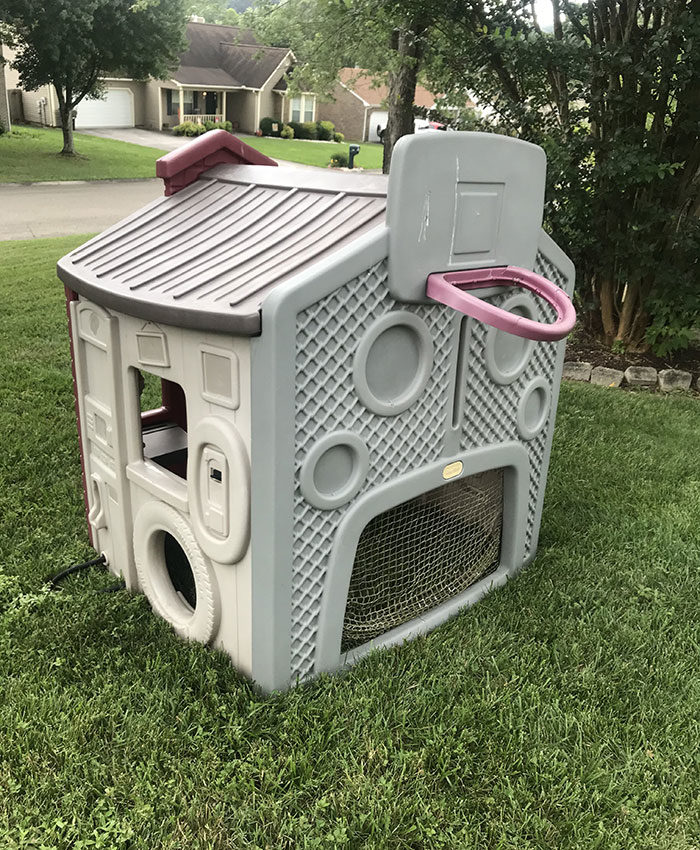
So why haven’t I just gotten rid of the playhouse that consistently damages my lawn? The answer is simple: it’s another reason my kids have to go outside. And in my mind, any time they spend outside is time well spent. The advice listed above doesn’t just work for playhouses and trampolines. Once when I set the smoking hot lid of a charcoal grill on my lawn, it toasted a perfect circle in my perfect grass.
So if you are on a quest to make your lawn look top-notch, don’t fret over these lawn mishaps. A little time and some extra care can go a long way to help your turf recover. No matter the season, having a good plan in place could be your key to success.
Andy Pulte is a faculty member in the Plant Sciences department at the University of Tennessee.




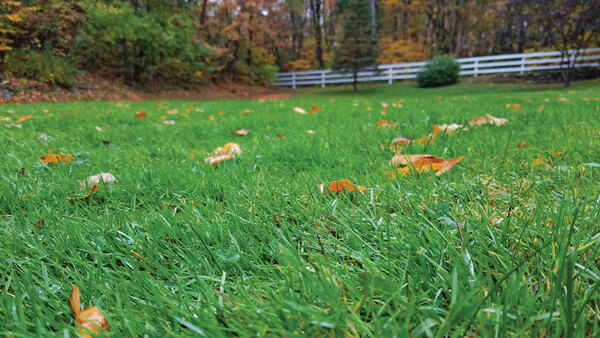













Comments
Log in or create an account to post a comment.
Sign up Log in